How to use a rock bucket?
Operating an excavator rock bucket requires proper technique and understanding to maximize efficiency and safety on the job site. These specialized attachments are engineered for handling rocky terrain and separating materials with precision. To use a rock bucket effectively, operators must first ensure proper attachment to the excavator's arm, followed by adopting the correct scooping angle based on material density. When excavating rock-laden soil, maintain a consistent depth while using controlled movements to prevent excessive strain on both the bucket and machine. For material sorting, utilize the bucket's screening capability by gently shaking with subtle arm movements.
What do you use a rock bucket for?

Material Separation and Processing
The primary function of an excavator rock bucket attachments is to separate rocks from soil and other debris during excavation operations. Unlike standard buckets that simply scoop and move material, rock buckets feature specialized designs with spacing between teeth or bars that allow smaller particles to fall through while retaining larger rocks. This separation capability proves invaluable across numerous applications.
In construction sites, rock buckets facilitate the clearing of rocky terrain before foundation work begins. The ability to screen out rocks from soil directly at the excavation point eliminates the need for additional processing equipment, saving both time and resources. Similarly, in demolition projects, these specialized buckets help separate concrete and rubble from rebar and other materials, streamlining the recycling process.
Mining operations particularly benefit from rock buckets when extracting ore-bearing rock from surrounding soil. The immediate separation capability enhances the efficiency of subsequent processing steps. Landscaping professionals utilize rock buckets to prepare sites by removing stones that would interfere with planting or hardscaping installations, creating ideal growing conditions without the labor-intensive process of manual rock removal.
Heavy-Duty Excavation Tasks
The robust construction of rock buckets makes them ideal for tackling demanding excavation tasks that would quickly damage standard digging buckets. Manufactured with reinforced steel and featuring specialized teeth or cutting edges, these attachments withstand the extreme forces encountered when breaking through compacted or rocky ground.
When excavating in areas with hard clay or compacted gravel, the penetrating power of a rock bucket's teeth allows operators to maintain productivity without requiring pre-loosening of the material. In quarry operations, these buckets excel at handling sharp, abrasive stone fragments that would rapidly wear down conventional equipment.
For projects involving caliche, hardpan, or frozen ground, rock buckets provide the necessary strength to break through these challenging surfaces. Their durable construction minimizes downtime for repairs and replacements, ensuring continuous operation even in the most demanding conditions. This resilience translates directly to improved project timelines and reduced equipment maintenance costs.
Scooping And Sifting

Proper Scooping Techniques
Mastering proper scooping techniques with a rock bucket significantly enhances operational efficiency and reduces unnecessary wear on equipment. The process begins with correct bucket positioning, where operators should approach the material pile with the bucket level or slightly angled downward, allowing for maximum penetration with minimal resistance.
When initiating the scoop, apply consistent pressure while gradually curling the bucket upward. Unlike standard buckets, rock buckets require a slightly modified approach due to their screening design. The penetration should be deliberate but not forceful, as excessive pressure can cause unnecessary strain on both the attachment and the excavator's hydraulic system.
For particularly dense or compacted material, consider using a "shake and penetrate" technique. This involves making small, controlled vibrations with the bucket teeth while gradually advancing into the material, effectively breaking up compacted sections without overloading the bucket. Maintain awareness of the bucket's load capacity, as overloading can reduce sorting efficiency and place undue stress on the excavator's arm.
When extracting the bucket from the material pile, use a smooth, continuous motion that allows smaller particles to begin sifting through the bucket openings immediately. This preliminary sifting during extraction increases overall processing efficiency.
Effective Sifting Methods
The distinguishing feature of rock buckets is their ability to separate materials directly during the excavation process. To maximize this capability, operators should master several key sifting techniques. After scooping a load, hold the bucket approximately 1-2 feet above the ground and perform gentle, rhythmic shaking movements by slightly activating the curl function in alternating directions.
For thorough separation of fine materials from rocks, rotate the bucket slowly while maintaining the shaking motion. This combined movement ensures material circulates within the bucket, providing multiple opportunities for smaller particles to pass through the spacing bars or holes. The duration of the sifting process should be adjusted based on material moisture content—wetter material typically requires extended sifting time.
When dealing with particularly adhesive soils, consider performing a "double-sift" operation. This involves an initial sifting, followed by a light tap of the bucket against the ground to dislodge clinging material, and then a second sifting pass. This technique proves especially effective when working with clay-heavy soils where material tends to clump together.
Position the bucket over appropriate collection areas during the sifting process to create organized piles of separated materials, reducing the need for additional handling and transportation. This strategic sorting directly contributes to improved site organization and workflow efficiency.
Tilting for Angle And Wide Turning Radius
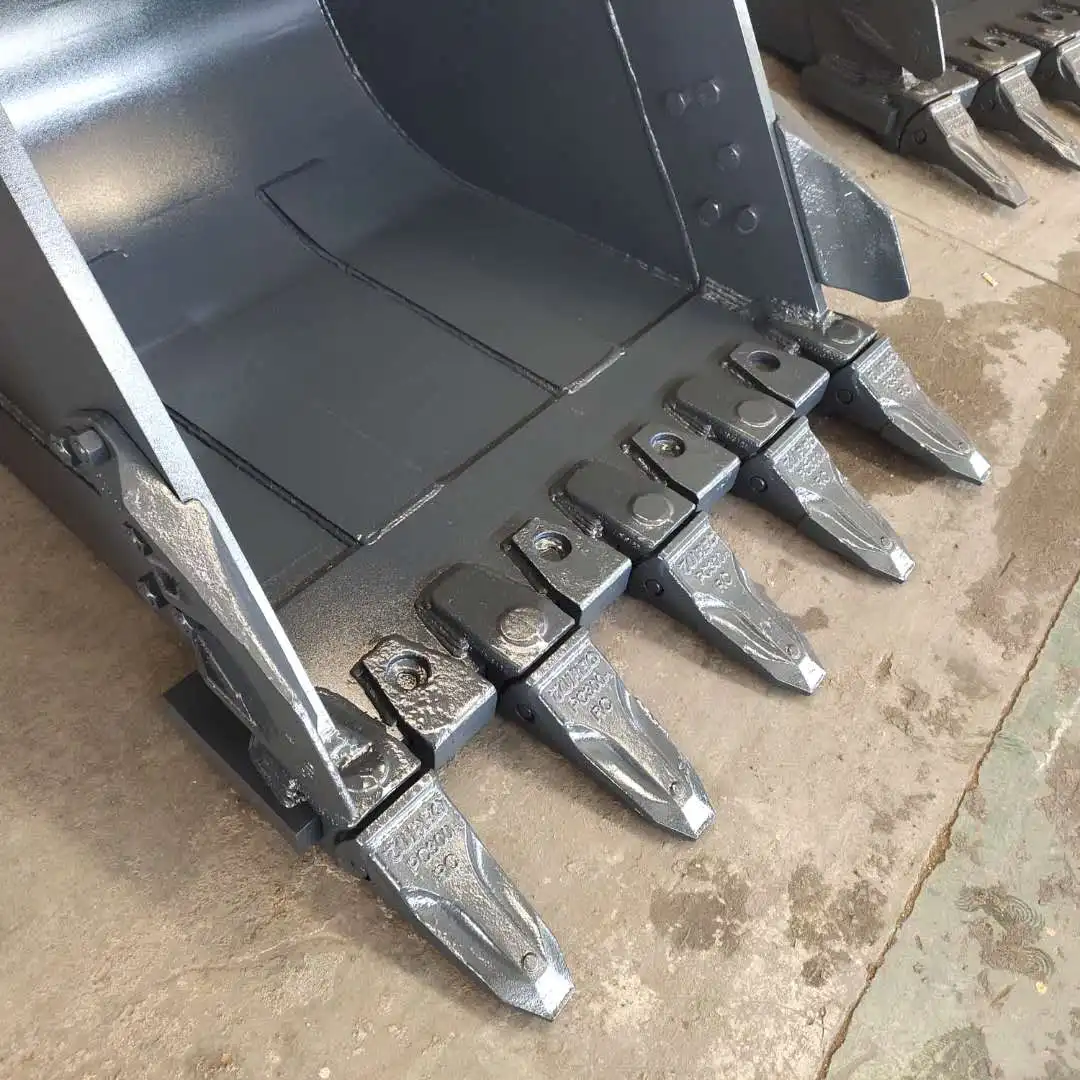
Angular Positioning for Varied Terrain
Utilizing the tilt function of an excavator rock bucket allows operators to adapt to irregular terrain conditions with precision. When working on sloped surfaces, adjusting the bucket angle helps maintain optimal ground engagement despite the uneven foundation. This capability proves particularly valuable in hillside excavation, where maintaining consistent depth across the slope presents significant challenges.
For projects requiring careful grading or material placement, the tilt function enables nuanced control over material distribution. By making slight angular adjustments, operators can create precise slopes or contours without repositioning the entire excavator, enhancing both accuracy and efficiency.
When excavating around obstacles such as utility lines or existing structures, tilting the bucket allows operators to maintain the desired excavation path while working parallel to sensitive areas. This reduces the need for multiple machine repositionings and minimizes the risk of accidental contact with underground infrastructure.
In specialized applications like ditch cleaning or trench profiling, the ability to tilt the bucket to match existing contours ensures consistent results while maintaining optimal material retention. The precision offered by angular positioning capabilities transforms what would otherwise be challenging tasks into straightforward operations.
Navigating Tight Spaces and Obstacles
The combination of bucket tilting capabilities and proper turning technique enables efficient operation in confined work environments. When maneuvering between obstacles, operators can adjust the bucket angle to reduce its effective width during repositioning, then return to optimal digging position once properly aligned.
For excavation adjacent to walls or foundations, tilting the bucket allows for clean, parallel cuts without requiring the excavator to be perfectly aligned with the structure. This capability reduces repositioning time and enables more efficient material removal in tight quarters.
In urban environments or renovation projects where space limitations are common, mastering the relationship between bucket tilt and machine positioning dramatically improves productivity. Rather than making numerous small adjustments to the entire machine, skilled operators use bucket tilt to adapt to spatial constraints while maintaining continuous operation.
The ability to navigate obstacles with minimal machine movement holds particular value in environmentally sensitive areas, where limiting ground disturbance is essential. By utilizing bucket tilt rather than excessive machine repositioning, operators can complete necessary work while minimizing the project's environmental footprint.
FAQ
How do I choose the right rock bucket for my excavator?
Selecting the appropriate excavator rock bucket depends on several factors including machine compatibility, project requirements, and material characteristics.
How often should rock bucket teeth be replaced?
Replacement intervals for excavator rock bucket teeth vary significantly based on usage intensity and material abrasiveness. In extremely demanding applications like quarry operations, teeth might require replacement every 1-2 weeks, while in less abrasive environments, they may last several months.
Can rock buckets be used in clay or muddy conditions?
While excavator rock buckets can operate in clay or muddy conditions, their efficiency decreases substantially compared to operation in drier materials. The screening function becomes compromised as wet clay adheres to rocks and clogs the spacing between tines or grate openings. When working in these conditions, operators should implement modified techniques, including more frequent bucket shaking to dislodge stuck material and reduced load sizes to prevent excessive clogging.
How does a rock bucket differ from a skeleton bucket?
While both excavator rock bucket and skeleton bucket designs feature openings for material separation, they differ significantly in construction and optimal application. Rock buckets typically incorporate heavier reinforcement, and specialized teeth arrangements, and often feature stronger cutting edges designed specifically for penetrating and handling hard, abrasive materials. In contrast, skeleton buckets generally have lighter construction with uniform bar spacing intended primarily for sorting already loose materials rather than aggressive digging. Rock buckets excel in breaking and separating material directly from the ground, while skeleton buckets perform best when handling pre-loosened material requiring separation. The spacing design also differs—rock buckets often feature irregular or tapered openings optimized for specific material retention, whereas skeleton buckets typically maintain consistent spacing throughout. Each design represents a specialized tool; selecting between them depends on whether the primary task involves aggressive excavation or material sorting.
Excavator Rock Bucket For Sale
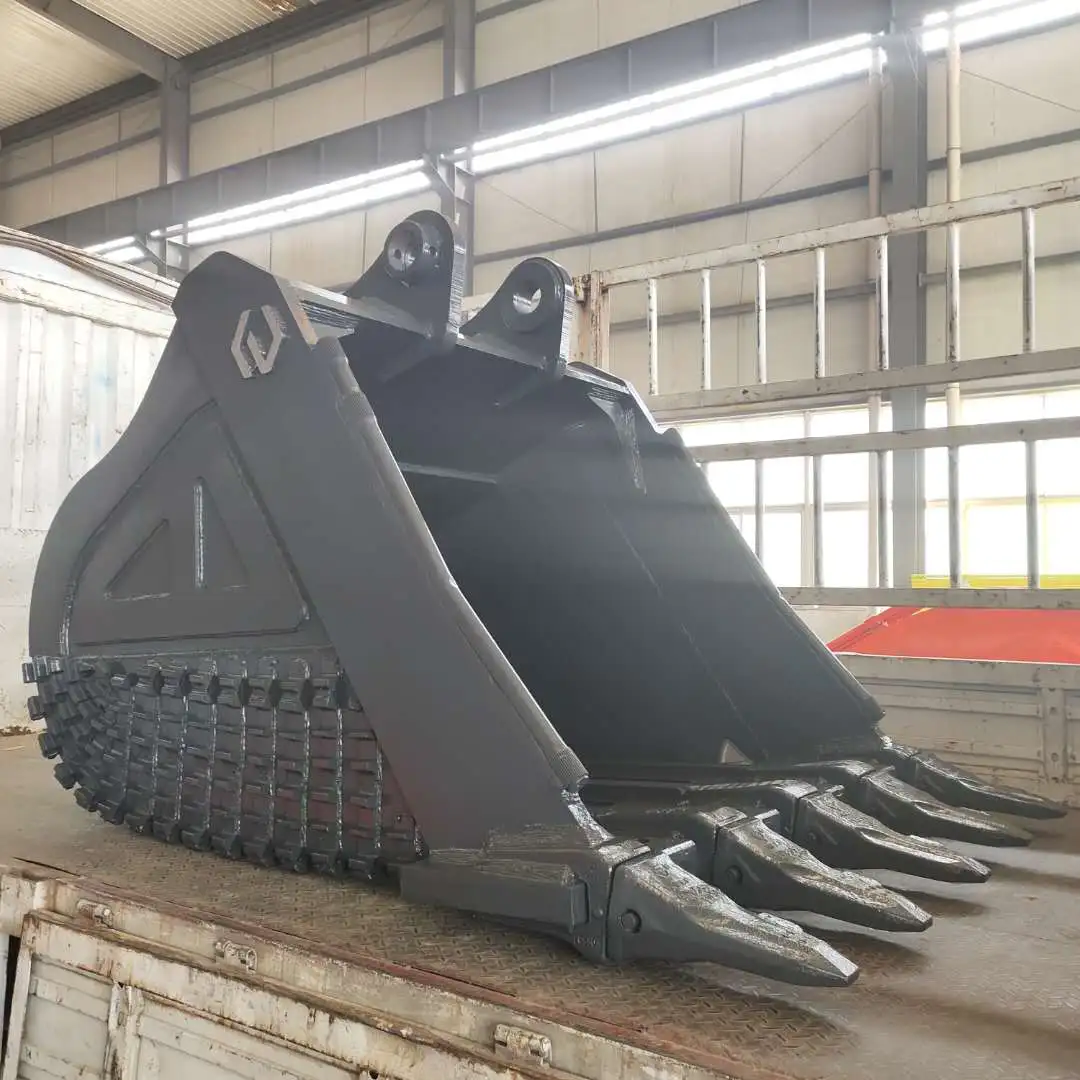
Elevate your excavation efficiency with Tiannuo Machinery's top-notch excavator rock bucket. Tailored to meet diverse needs, our buckets boast a capacity range of 0.2 to 5.0 cubic meters, a weight span from 150 to 2500 kg, and a width adaptable from 600 to 2200 mm. Whether you require a pin-on or quick coupler attachment, our buckets are compatible with various excavator models. Safety is our priority, with reinforced edges and wear plates ensuring durability and reliability. We offer customization to align perfectly with your specific requirements. Don't miss out on this opportunity to enhance your operations. Reach out to us at arm@stnd-machinery.com, rich@stnd-machinery.com, or tn@stnd-machinery.com to learn more and place your order today.
References
Construction Equipment Operation Manual: Rock Bucket Applications and Techniques, Journal of Construction Machinery, Volume 28, Issue 4.
Advanced Excavation Methods for Rocky Terrain, International Association of Excavation Contractors, 2023 Edition.
Rock Separation Technology in Modern Excavation Practices, Engineering Review Quarterly, Volume 15, Issue 2.
Maintenance Guidelines for Heavy-Duty Excavator Attachments, Equipment Maintenance Association Publication, 2023.
Principles of Material Screening and Separation in Excavation Operations, Construction Materials Processing Journal, Volume 42.
Operator Safety and Efficiency Guidelines for Specialized Excavator Attachments, Association of Equipment Manufacturers Safety Series, 2022.
About Author: Arm
Arm is a leading expert in the field of specialized construction and railway maintenance equipment, working at Tiannuo Company.
YOU MAY LIKE
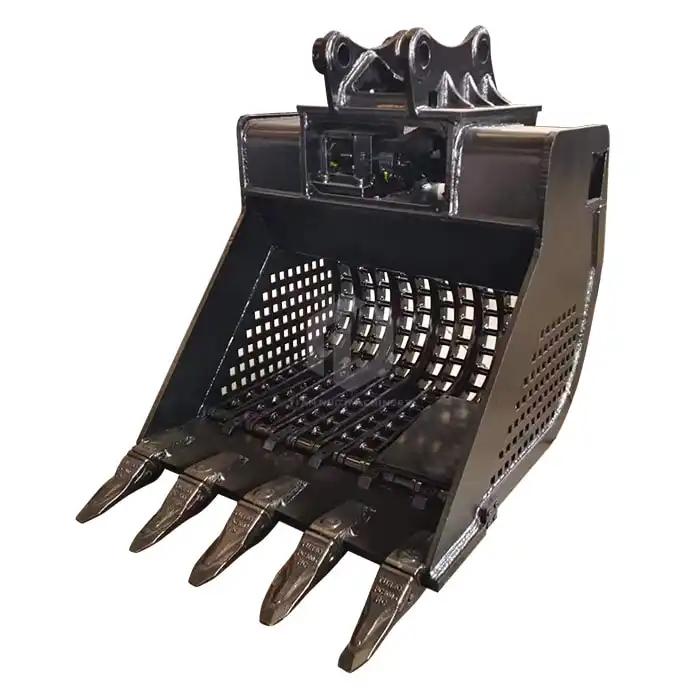 VIEW MOREExcavator High Frequency Screening Bucket
VIEW MOREExcavator High Frequency Screening Bucket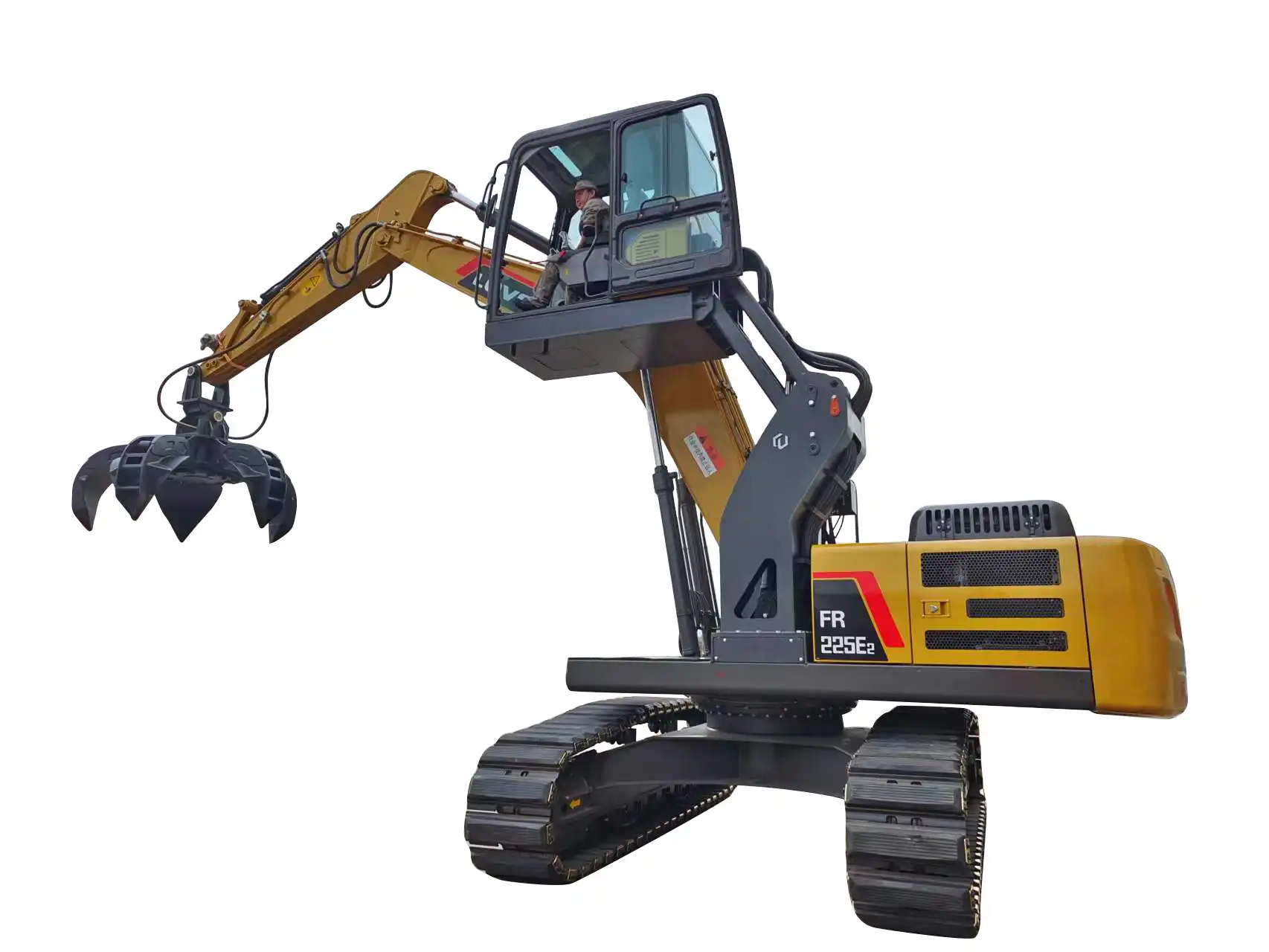 VIEW MOREExcavator lift cab modification
VIEW MOREExcavator lift cab modification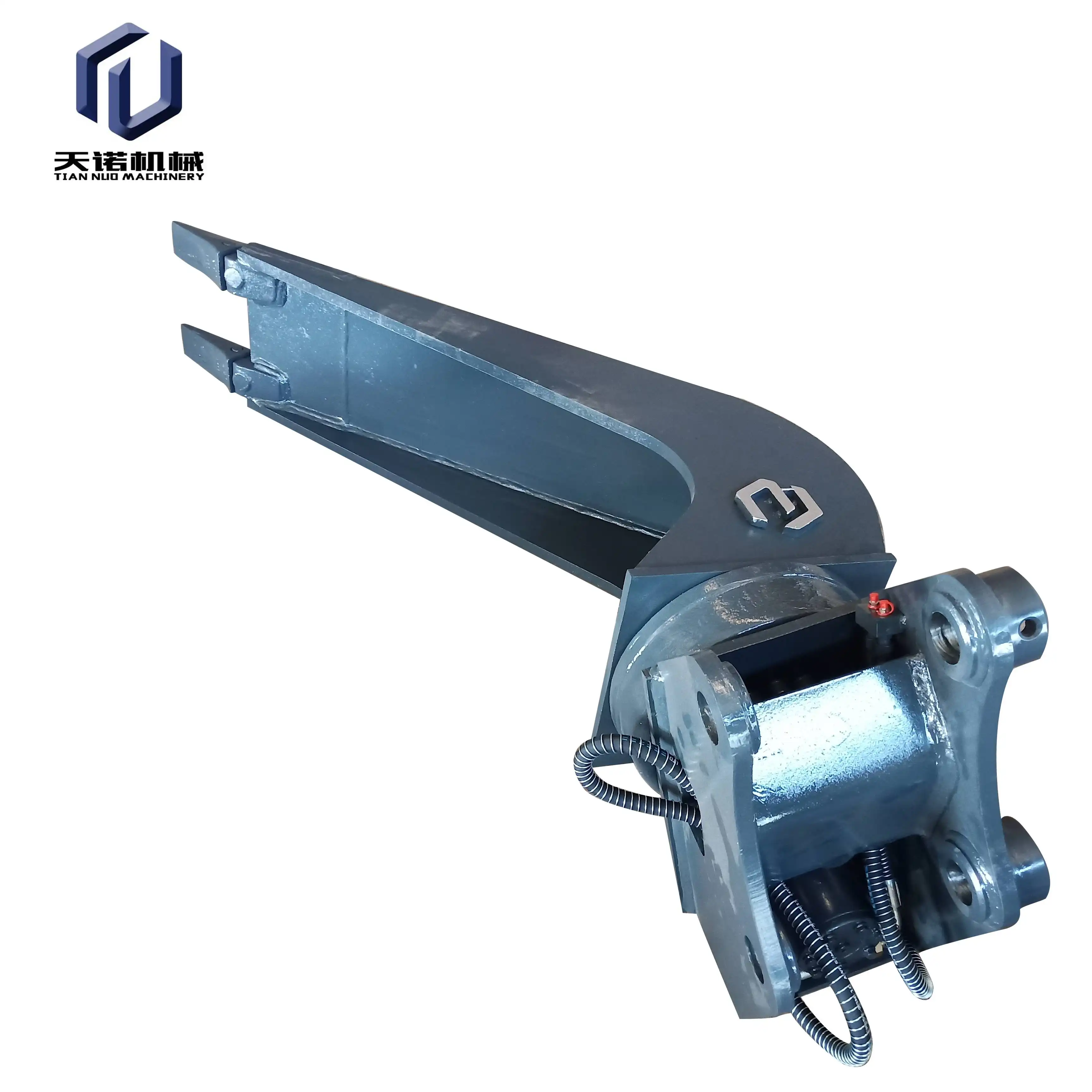 VIEW MOREExcavator ballast cleaning hopper
VIEW MOREExcavator ballast cleaning hopper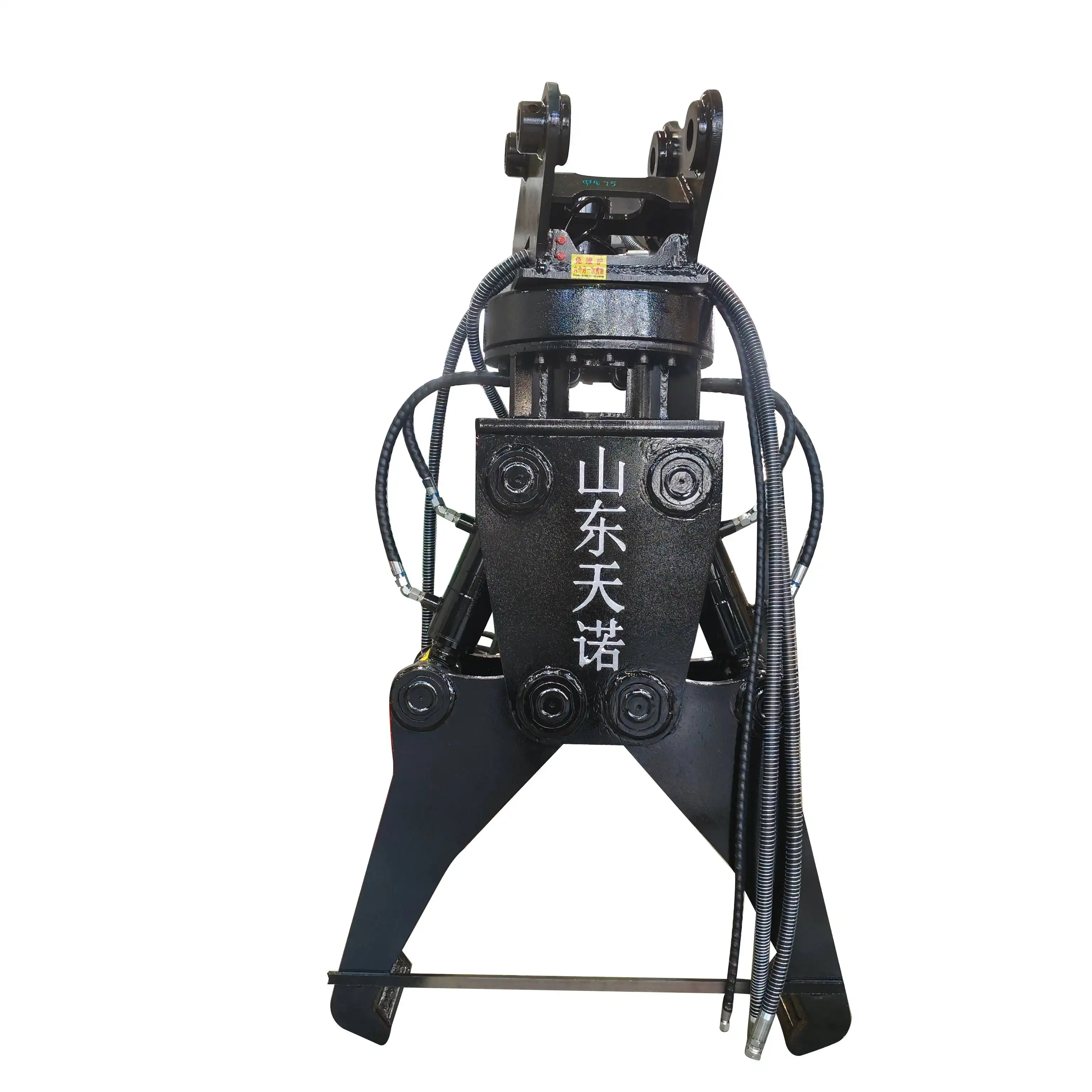 VIEW MOREExcavator rail clamp
VIEW MOREExcavator rail clamp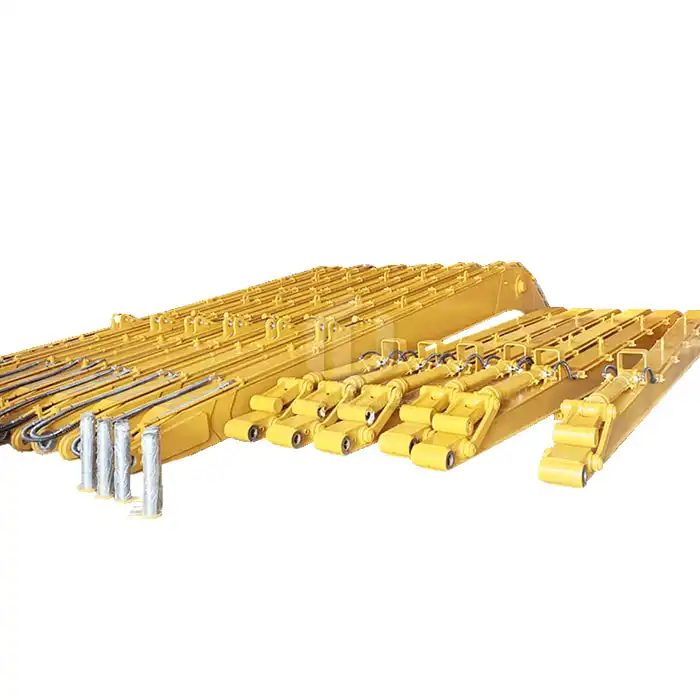 VIEW MOREExcavator Extension Arm
VIEW MOREExcavator Extension Arm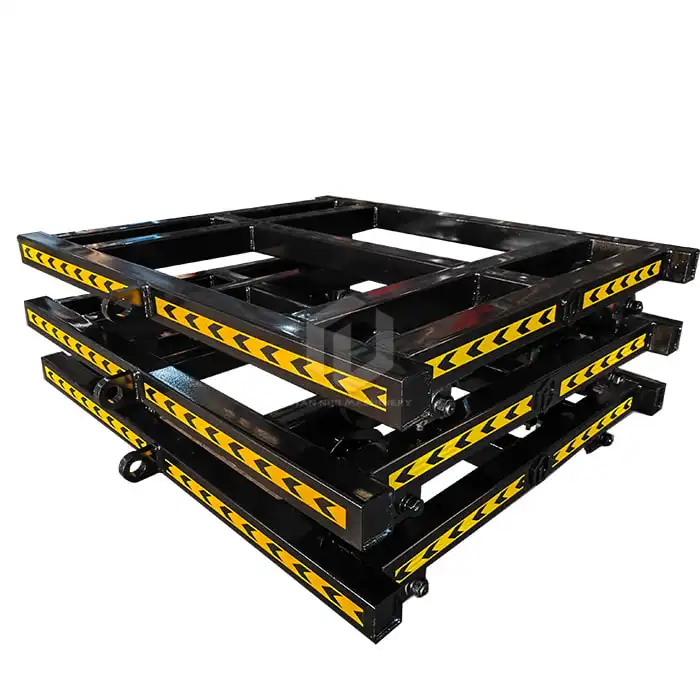 VIEW MORERail Track Trolley
VIEW MORERail Track Trolley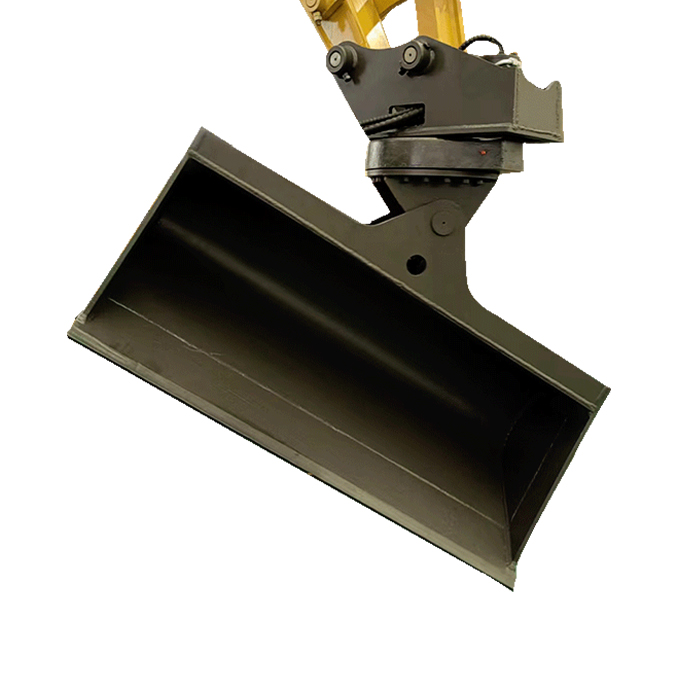 VIEW MOREDegree Rotating Hydraulic Tilt Ditching Bucket
VIEW MOREDegree Rotating Hydraulic Tilt Ditching Bucket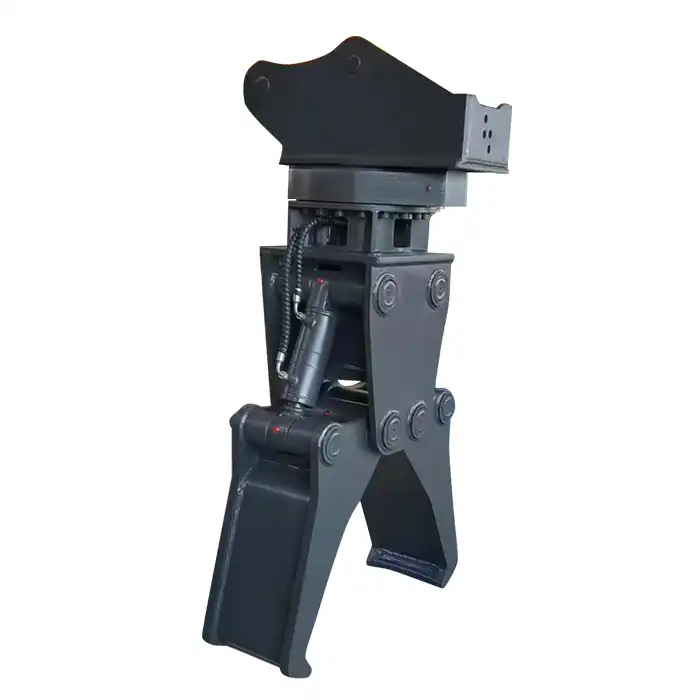 VIEW MOREExcavator Hydraulic Rail Clamp
VIEW MOREExcavator Hydraulic Rail Clamp

